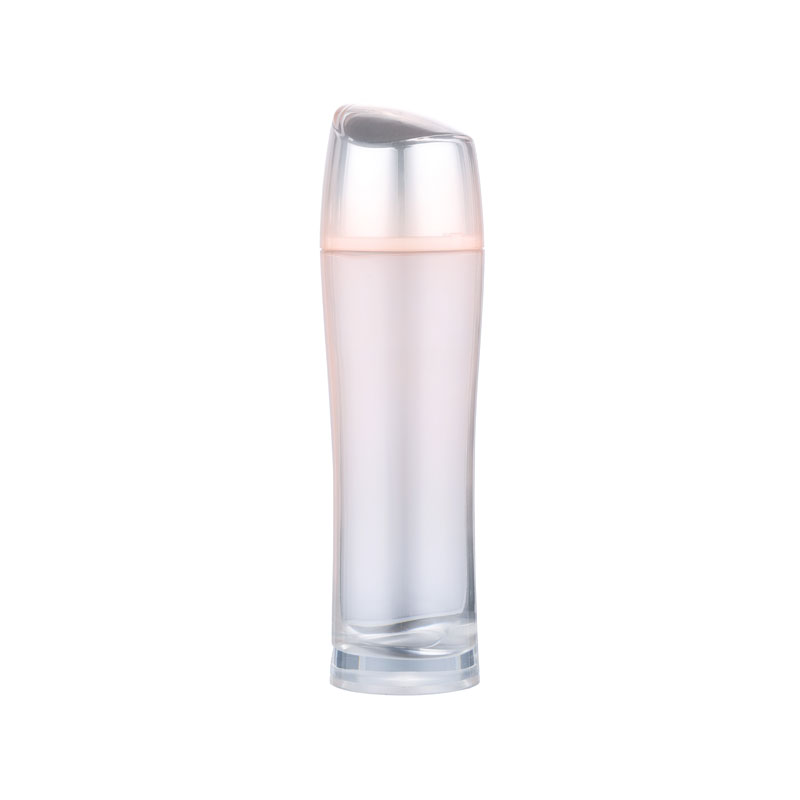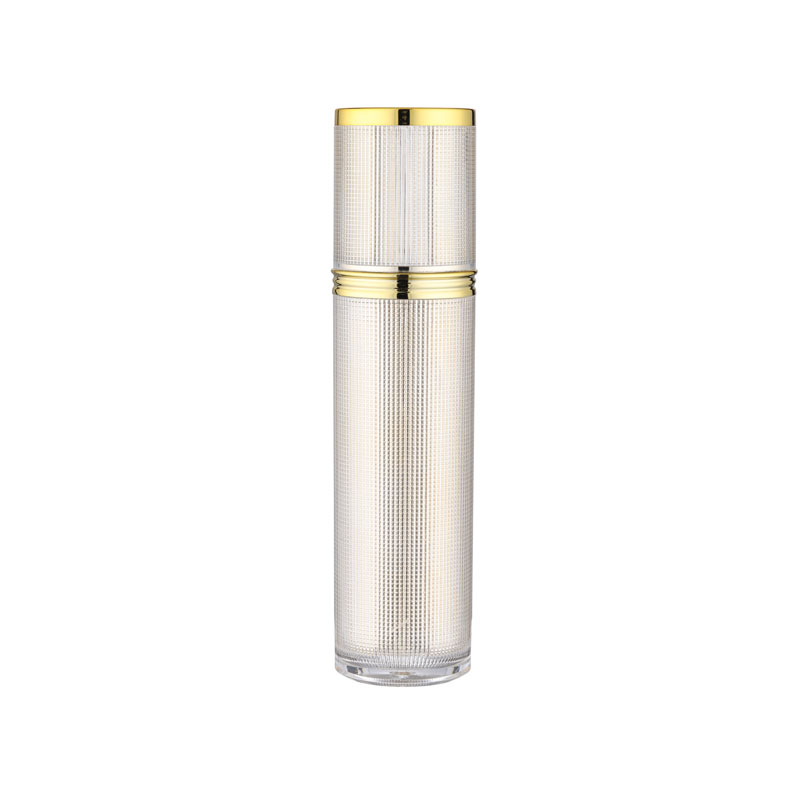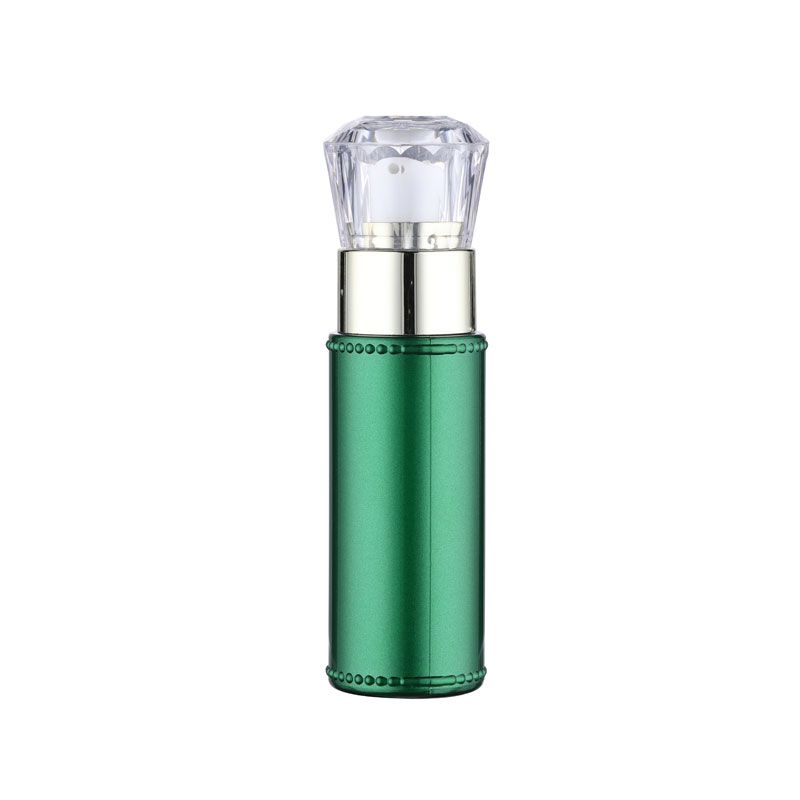PETG cosmetic containers are widely used in the beauty industry due to their clarity, durability, and versatility. These containers are often chosen for their ability to showcase the product inside while providing an attractive and functional packaging solution. However, when it comes to ensuring the safety and integrity of cosmetic products, tamper-evident features or options are of paramount importance.
Tamper-evident features are crucial to protect consumers from counterfeit or adulterated products and to maintain the credibility and reputation of the brand. These features not only act as a deterrent for tampering but also provide a visible indication if the product has been opened or tampered with. Let's look at some common tamper-evident options available for PETG cosmetic containers:
1. Shrink Bands or Sleeves: Shrink bands or sleeves are one of the most commonly used tamper-evident features for cosmetic containers. These bands are made of heat-shrinkable plastic material that is applied around the closure or cap of the container. When heat is applied, the band shrinks tightly around the closure, creating a seal that cannot be removed without visible evidence of tampering. Shrink bands can be printed with logos, text, or design elements to enhance the branding and aesthetics of the product.
2. Breakable Caps or Lids: Another popular option for tamper-evident packaging is breakable caps or lids. These closures are designed in such a way that they break or snap off when opened for the first time. Once the cap or lid is broken, it cannot be reattached or resealed, providing a clear indication of tampering. Breakable caps or lids are commonly used in products like creams, lotions, or gels, where the entire closure needs to be removed for access.
3. Tear Strips: Tear strips are often used in conjunction with shrink bands or sleeves to provide an additional layer of tamper-evident protection. These strips are applied over the shrink band and are designed to be easily torn or removed by the consumer. Once the tear strip is broken, it cannot be replaced intact, signaling that the product has been tampered with.
4. Induction Seals: Induction seals are widely used in the cosmetic industry to provide an airtight and tamper-evident seal. These seals are made of a thin layer of aluminum foil that is bonded to a sealing material. Induction sealing works by creating a high-intensity electromagnetic field that heats the foil, causing it to bond with the container's lip or finish. This creates a hermetic seal that cannot be broken without tampering. Induction seals provide evidence of tampering by showing signs of damage or disturbance when the cap is removed.
5. Inner Seals: Inner seals are typically made of aluminum foil or other plastic materials and are placed between the container and the closure. These seals provide an additional layer of protection to ensure that the product is tamper-proof. Inner seals need to be broken or pierced in order to access the product, providing a visible indication if the container has been opened.

 English
English 简体中文
简体中文


